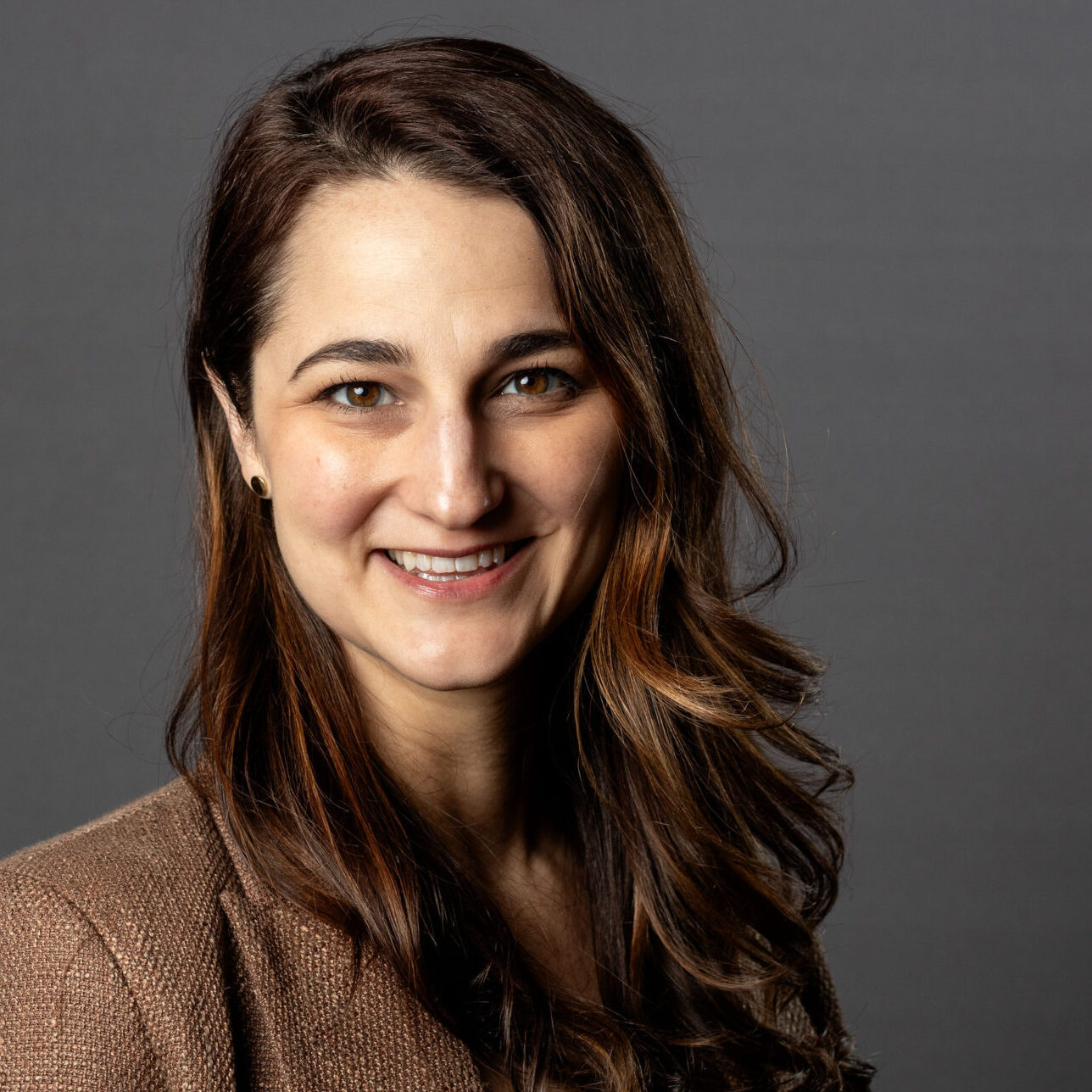I had the pleasure of attending the International Leadership Association Global Conference in D.C. last month. A few leadership themes came up in the sessions I attended that I compiled in this short debrief. I appreciate my institution, Excelsior University, for sponsoring my attendance and presentations.
1. Elevating a Leader’s Consciousness and Connectedness
The first and most surprising theme was connectedness and consciousness. Chris Laszlo, Ph.D. asked, “How do we get from a modified shareholder value model (aimed at doing less harm) to an entirely different way of working (aimed at wellbeing and happiness)”. Especially since, “We are no longer in crisis mode of fixing problems; we are moving into a new way of seeing our relating to our life purpose, to others, nature, and the transcendent”. Quantum science tells us we are ‘entangled’ – instantly all connected. Businesses and leaders don’t need to see/understand quantum physics/science, but they can better understand the implications of quantum science in our world.
Mukara Meredith, MSW, said, “Learning to connect more deeply to our own selves as a living system, and to have an openness to connect more deeply with others so that we can function as a living system, we’ll be able to have a passionate care for life and to serve life”.
Judi Neal, Ph.D., asked, “How much more can you own your consciousness and spirituality?” and encourages leaders to, “Look for where else [success] is happening in the world; focus on the things that are working and learn from them; tell those inspiring leaders’ stories” because we don’t share the good as much as we should.
Several times during the conference, the concept of Ubuntu came up (not the operating system, the Nguni Bantu term”. It can mean “humanity”, but it is sometimes translated as “I am because we are” (also “I am because you are”), or “humanity towards others” (Zulu umuntu ngumuntu ngabantu).
Dr. Claire C Lachance, former CEO of the Institute of Noetic Sciences, said leaders must lead from interconnection and nourish their inner wisdom (Noetic Leadership) and ask how do our actions impact other people, places, entities, and the environment (quantum entanglement)? Leaders can make time to tap into feelings, thoughts, and intuitions among their staff to tap into the connectedness in their ecosystem.
2. Shifting from Either/Or to a Both/And Perspective
I am still wrapping my head around this brave idea that leaders can shift from an either/or to a both/and perspective and what it means for leadership styles. The idea that team members often have different perspectives on the same situation because they occupy different roles speaks to the saying, “Where you stand depends on where you sit.” Unfortunately, when it’s time to make decisions, teams often have a hard time integrating different and seemingly opposite perspectives. They get stuck in either/or discussions. How can we move to make decisions that acknowledge multiple perspectives?
3. How Leaders Deal with Crises Matters
Ian Mitroff, Ph.D., organizational theorist and crisis expert, delivered an extraordinary keynote on the first day of the conference that covered the overlap between systems science, leadership, and crises.
The idea that, “We live in the world of wicked messes with interconnected problems. You can’t take any one problem and examine it without the others”, still sticks with me. He added, “We either learn to think systemically or we perish.” Mitroff also discussed the way we deal with crises today as a society has changed, “In previous generations, crises drove people together. And today, crises drive us apart.”
Isobel Coleman, Deputy Administrator for Policy and Programming, United States Agency for International Development, pointed to the instinct to invest in what hasn’t yet transpired, “It’s hard to react to the inconceivable; and to make the significant investments needed to respond before an event has started”, when discussing the War in Ukraine.
4. Good Leaders Maintain a Moral Compass
Dr. Kenneth-Maxwell Nance studied the leadership failure phenomenon and the significance of moral action for sustainable leadership in a 3-year mixed methods study, and stated, “We have to work on developing the conscience, not just the cognition in leaders.”
Along these lines, Meg Wheatley commented in her keynote that, “Sane leadership is the unshakable responsibility of leaders to be generous, creative, and kind. It is the responsibility of leaders so they can remember and reembody these qualities, rather than angry, fear-based reactions.”
5. Good Organizational Effectiveness is People-Focused
In his presentation on 7 Strategies for Organizational Effectiveness, Dr. Pettis Perry said, “Organizations are shooting ourselves in the foot because we are not people-focused, we are thing and profit-focused.” Many MBA programs are numeric -focused, not people-focused, he said.
6. Purpose and Belonging are Drivers of Employee Engagement and Performance
People grow throughout their career. Dr. John Heiser pointed to the notion, “that maybe our uniqueness changes depending on employment, and where our expertise can best fit.” Every employee wants to know they have a purpose in the organization. But also, what employees bring to the table goes far beyond the job description of their current role. Heiser’s work illustrates three things: “The power of inquiry (we have to ask more questions of our workforce), the art of illumination (how do I engage more people in decision making), and the genius of inclusion (including diverse thought into the equation)”. How can we engage the workforce in co-creating the strategy, as well as sustaining the acceleration of change (Kotter’s Process for Leading Change)?
Dr. Laura Guilliam talked about the research findings that indicate the value leaders have to have for their employees, “The minute your leader respects you and provides value for you. That leader relationship is the #1 driver of the sense of belonging in the workplace.” Purpose and belonging may change in retirement and she spoke to thinking about retirement differently, “We are on the cusp of a retirement bubble and the wisdom that will be leaving. Do we need to reframe retirement, aka consulting part-time? What does belonging look like in retirement?” She also discussed belonging as a continuum, “Belonging ebbs and flows throughout an employee’s lifetime; and it might be different at different moments in that employee’s life…. employees might have different stages of belonging.”
7. Family and Values Shape Leadership Styles
Valerie Biden Owens, one of the first women in U.S. history to have managed U.S. Senatorial and Presidential campaigns with prominent leadership roles as a campaign manager and senior advisor, was interviewed and said, “The one variable that predicts leadership is family…” The Biden parents instilled in the children, “1) You are no better than anyone else, no one is better than anyone. 2) Bravery lives in every heart. 3) It doesn’t matter how many times you get knocked down, what matters I how fast you get back up. 4) There is no greater sin than human power. 5) Remember, you’re a Biden. The biggest responsibility is to take care of one another.
Values were so instilled in the children that the kids even had family meetings at a young age to put the issue out there, resolve it fast, and move on.
ILA Recap by Leah Sciabarrasi


